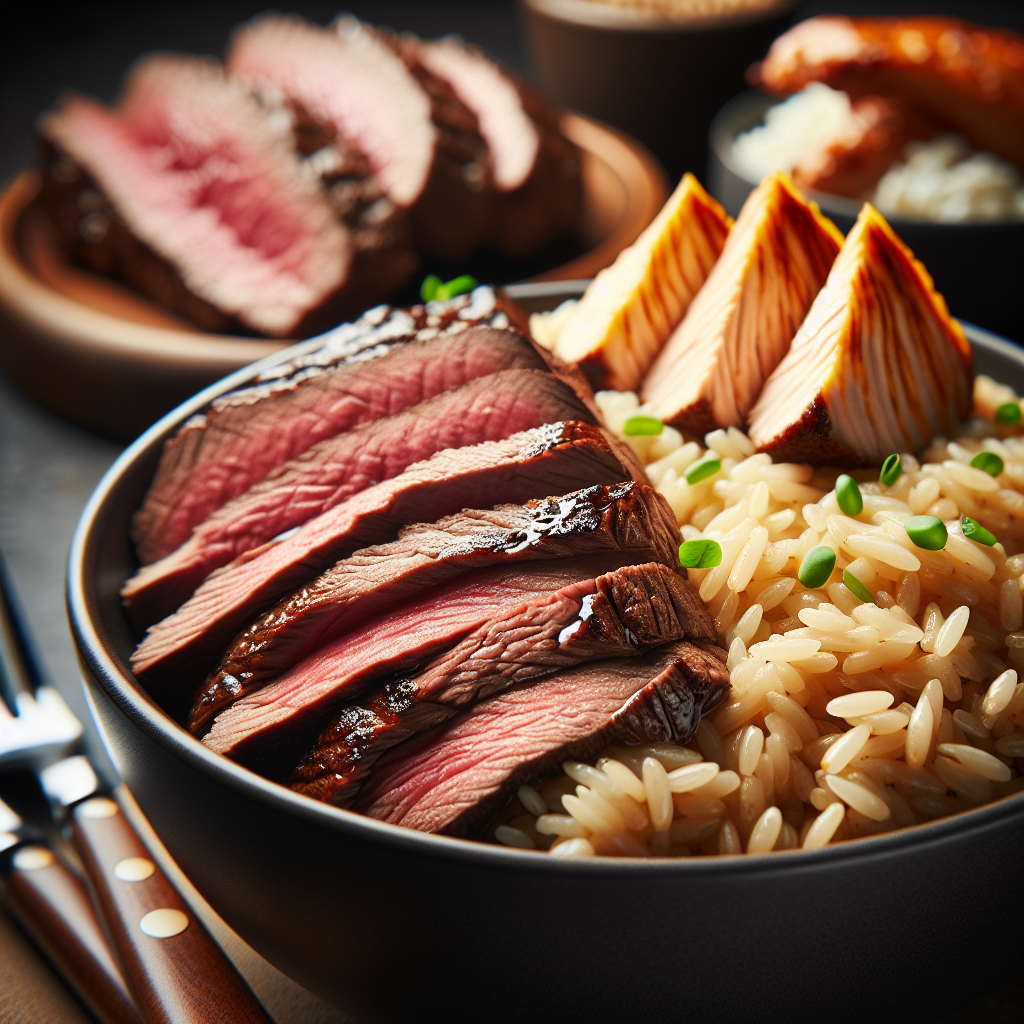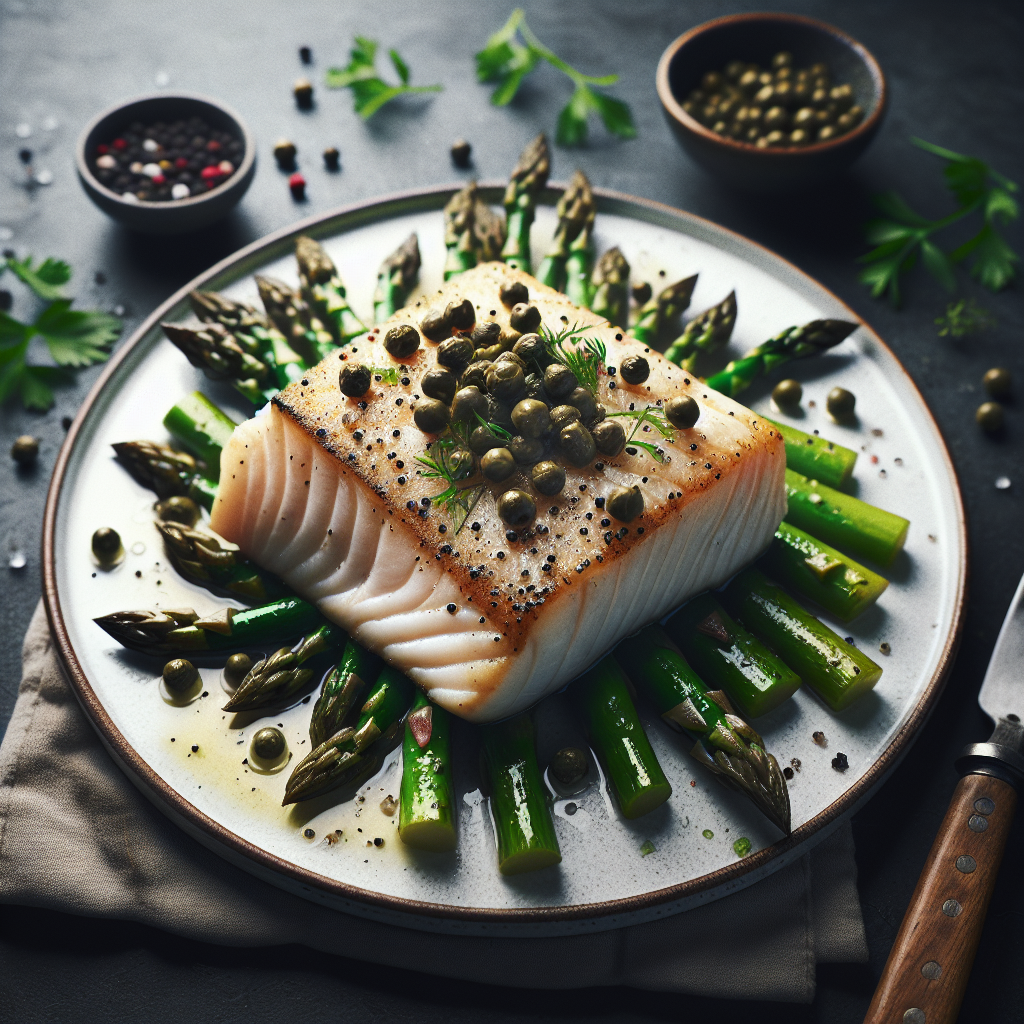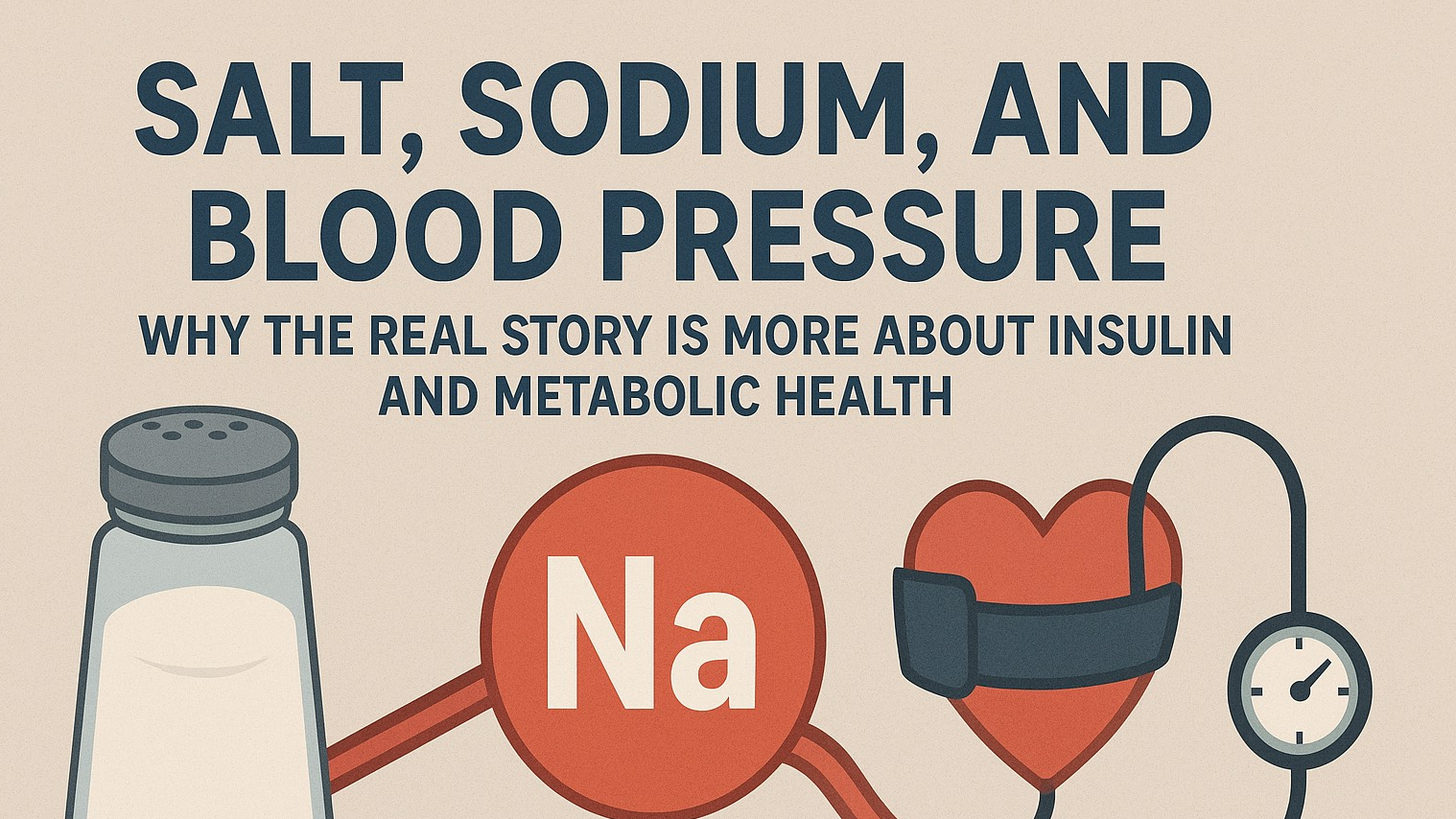
Tips For Healthy Eating At Restaurants
Scan The Menu
Look for keywords on the menu that are giveaways for what to avoid. Here are some examples of the most common culprits:
- pan-fried
- crispy
- dipped
- scalloped
- breaded
- cream
- alfredo
Dishes with these words tend to have a lot of hidden fat and salt. Instead, look for menu items with words from the following list:
- grilled
- steamed
- baked
- roasted
- braised
- broiled
- seared

Eat Some Meat
Meat has a ton of protein and, when lean, is a great idea to order. When ordering meat, pick leaner cuts of beef (great options include flank steak, skirt steak, tenderloin, sirloin, or filet mignon).
When in doubt, chicken is another great high protein, low fat option, particularly chicken breast.
Eating meat will help you to feel full and satisfied without having to fill up on empty carbs, like pasta or bread.
Ask To Double Or Triple The Vegetables
Let’s be real. Often, a side of vegetables in a restaurant is really more of a garnish, not a real serving. When ordering, ask for double or triple the normal serving of veggies, and offer to pay extra (more often than not, you won’t even be charged). You could also look to the Sides portion of the menu to see what options the restaurant has available.
A big problem with veggies is that they get cooked in a ton of butter so make sure to ask that the vegetables NOT be cooked in butter when you order them. This is an easy way to escape unneeded fat and calories.

Go Ethnic
When it comes to ethnic food, some options (like Japanese, Thai, Greek, and Indian restaurants) are easier to eat healthier than others (like Mexican, Chinese, or Italian restaurants). While you can successfully eat healthy in any restaurant, the main reason why it’s easier for the first options is because they feature grilled meats, less pastas and/or noodles, and other non-fried options.
This doesn’t mean you should totally avoid the other types of restaurants. Just know it may be a little trickier to find what you’re looking for which means your options will be limited.
Ask About Preparation
Truth: Chefs are trained to use lots of butter and salt to heighten flavors. Duh, right? It tastes good. They do this because, if you add butter or salt on most anything, it tastes better which makes the customer happy which means more business in the future. They’re not there for your health. They’re there to feed you tasty food.
If you’re concerned about the butter or salt in your food, don’t be afraid to ask your server how the food is prepared. If you find out what you want is actually loaded with oil or butter, either ask for it to be prepared differently or choose something else.
Don’t Be Afraid To Ask
Along the same lines as the previous tip, I highly recommend that you ask the waiter/waitress questions about how the food is prepared if you’re not clear. You’ll only know for sure what’s in your food if you ask. This can literally mean a difference of hundreds of calories and tons of unnecessary fat.
Is it uncomfortable? A little at first, but it’s your responsibility to know what you’re putting into your body and your waiter’s responsibility to know what goes into the food they’re serving. The more you ask, the easier it gets, I promise!

Look For These Desserts
Desserts are a fun part of eating out at restaurants and can be a huge bummer if you’re trying to eat healthy. If you want to splurge on a dessert, you do have some options. My favorite thing to do is to order one dessert for the table. That way, you don’t eat the entire dessert and feel totally awful. Instead, you enjoy a few bites and satisfy your sweet tooth. If you’d rather not share, another great idea is to ask your waiter for a simple dish of berries or a fruit sorbet.
Box It Early
Did you know restaurants often serve two to three times what you actually need for a normal serving? Next time, ask to box half your entrée BEFORE it ever even gets to the table. This will save you money and calories. It may sound weird, but it makes tons of sense. You can also split an entrée with another person, if you’d prefer.
Skip The Fancy Pants Drinks
If you must order an alcoholic drink, try to avoid margaritas, piña coladas, and other exotic mixed drinks. They include sugary add-ins that add tons of calories and processed sugars and flavors.
Instead, order a glass of wine, a light beer, a vodka and tonic, or a simple martini. These options will be better for your healthy eating goals, especially if you choose not to drink that often.

Order Fish
Fish is a great option, as long as it’s not fried. You can order seafood in tons of different ways—steamed, blackened, baked, broiled, sautéed, or grilled. My favorite is grilled.
Just like with meat, fish allows you to enjoy protein, fill up on real food, and avoid foods loaded in carbs and unhealthy fats. While it may be a bit pricier, it’s often a great option on the menu, especially if it’s fresh fish.
Drink Water Throughout The Meal
Try your best to get used to drinking water as your main beverage. Drinking water will slow you down from eating your food too fast, which will help you enjoy the food more, and it will allow your brain to get the message form your stomach that you’re full so you don’t overeat before your plate is already empty.
You can ask for a slice of lemon, if plain water is too boring. To ease into just having water, you can also wait to order a different beverage until after you’ve finished your first glass of water.
 Add Row
Add Row  Add
Add 










Write A Comment